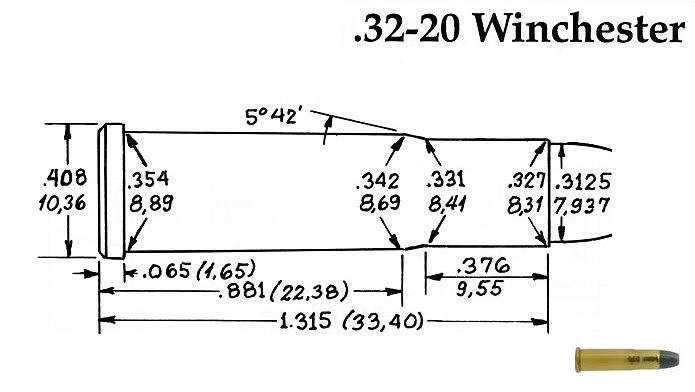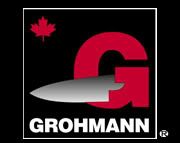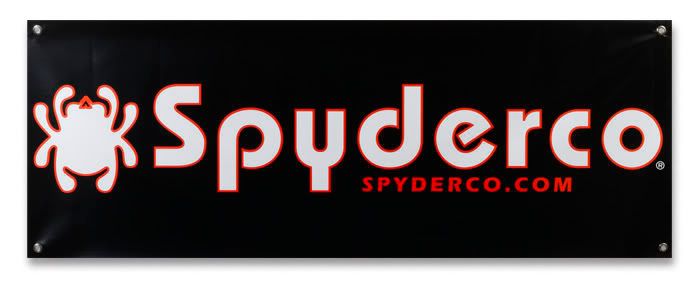 The Marlin 1894CL is a return to an original chambering of the Marlin 1894. Known to most shooters as a rifle chambered for the .44 Magnum, .357 Magnum, .41 Magnum, .44-40 or .45 Colt for use by hunters and CAS competitors, Marlin reintroduced the 1894 when they discovered that the 336 just didn't handle the .44 Magnum cartridge as well as it should. They then reintroduced it in several chamberings until they finally got the idea that original chamberings might sell as well (even though the .44-40 had not done well). So, they introduced the gun in .32-20 and .25-20. You'll notice that my gun has the smooth stocks. It is also drilled and tapped for a receiver sight on the left side of the receiver. Later guns are not drilled and tapped on the side of the receiver but the stocks are checkered. I think it makes a big difference.
The Marlin 1894CL is a return to an original chambering of the Marlin 1894. Known to most shooters as a rifle chambered for the .44 Magnum, .357 Magnum, .41 Magnum, .44-40 or .45 Colt for use by hunters and CAS competitors, Marlin reintroduced the 1894 when they discovered that the 336 just didn't handle the .44 Magnum cartridge as well as it should. They then reintroduced it in several chamberings until they finally got the idea that original chamberings might sell as well (even though the .44-40 had not done well). So, they introduced the gun in .32-20 and .25-20. You'll notice that my gun has the smooth stocks. It is also drilled and tapped for a receiver sight on the left side of the receiver. Later guns are not drilled and tapped on the side of the receiver but the stocks are checkered. I think it makes a big difference.Of course all of these guns have the repulsive cross-bolt safety. Mr. Ludwig makes a filler for this abomination and I'll have one in here ASAP. What it does is replace the cross-bolt and look like an additional screw (on the receiver right side). But the big thing is that it absolutely can't be pushed a direction other than intended and thus put the gun in a condition unexpectedly such that one could pull the trigger and get a click rather than bang. The Marlins are otherwise just as they used to be and so the half-cock still works and is just like all my other guns.
I'll also be installing a Williams FP-94/36 receiver sight. A good aperture sight is necessary to ring all possible accuracy out of the gun and still maintain maximum handiness inherent in the levergun format. You might have seen that nearly all my leverguns have such a sight (or one waiting installation). This system works for me and has for many years.
.32-20 brass production is a seasonal thing and not much is available at the moment. Fortunately I was able to find and acquire from a previous owner of this same rifle a supply of 6 boxes (50 rounds per box) of Remington ammunition. I have a quantity of Hornady 100 gr. bullets on hand and so I'll have ammo until the season rolls around and brass is again available.
Which particular loads are a question at the moment. I think I'll mess about with the factory load before deciding on the tact I'll take with this gun. It seems to me that it will be a pretty neat groundhog, fox, and coyote gun. I'm looking forward to living with it a while.
Rifle in hand, I discovered that I'm the fourth owner of this gun. Aside from the missing box and paperwork the 1894CL was nearly new in appearance. I immediately changed that. I installed the Ludwig safety replacement (and lost the tiny safety detent spring) and a Williams FP-94/36 receiver sight. One thing I really like is the lack of Marlins former signature white line spacer at the butt plate. I don't like whitewall tires on my cars/trucks either. Now the only thing is to take it shooting.
Shooting has proven to be a treat. It didn't take long to get the rifle zeroed. The only reason to change the zero will be to take full advantage of the trajectory of the cartridge. The gun seems to function well. Some have reported that new rifles "let in two" or allow feeding of two cartridges onto the carrier at once. Mine doesn't do this. The gun hangs well and the longer barrel, compared to other 1894 carbines, is just right. The trigger is fine. That front bead sight though, it might have to go. I think I could do more precision with a good post or sourdough front sight. I've got a couple around here somewhere.
Links:
- "The Marlin 1894CL .32-20: a fun little gun in a fun little chambering" by John Taffin
- "Marlin 32-20 Its Not a Mouse Gun" by Paco Kelly
- "32-20 Winchester Centerfire 1882" by Paco Kelly
- Ludwig Replacement Safety by Jim Taylor
- While It Was Out by Jim Taylor
- Loading the dash cartridges: these "obsolete" calibers are soft-shooting, efficient, and just plain fun by Charles E. Petty
- The .32-20: Neat Little Caliber That Still Works in Leverguns, Sixguns by Jim Taylor
| Bullet | Weight | Powder | Charge Weight | Velocity | Energy |
| Lyman 3118 | 120 | IMR3031 | unknown | unknown | |
| Lyman 3118 | 120 | W296 | 2000 | 1066 | |
| Lyman 3118 | 120 | Bullseye | 1200 | 383 | |
| Lyman 3118 | 120 | W231 | 1200 | 383 | |
| Speer JHP | 100 | 2400 | 2000 | 888 | |
| Silent Loads | |||||
| Lee | 95 | 2400 | 491 | ||
| Lee | 95 | 3031 | 420 | ||
| Lyman 3118 | 120 | 3031 | 432 | ||
| Not Quite Silent Loads | |||||
| Lee | 95 | Bullseye | 861 | ||
| Lyman 3118 | 120 | Bullseye | 420 |
Mr. Ludwig, who makes and markets the safety replacement has moved. His new contact info is:
Clyde Ludwig
PO Box 318
Bridgewater, SD 57319
Phone: 605-729-2029
Links:
- The .32-20: Neat Little Caliber That Still Works in Leverguns, Sixguns by Jim Taylor
- While It Was Out - Marlin 1894CL .32-20 Make-Over by Jim Taylor
- MARLIN 32-20 - It's NOT A MOUSE GUN by Paco Kelly























No comments:
Post a Comment